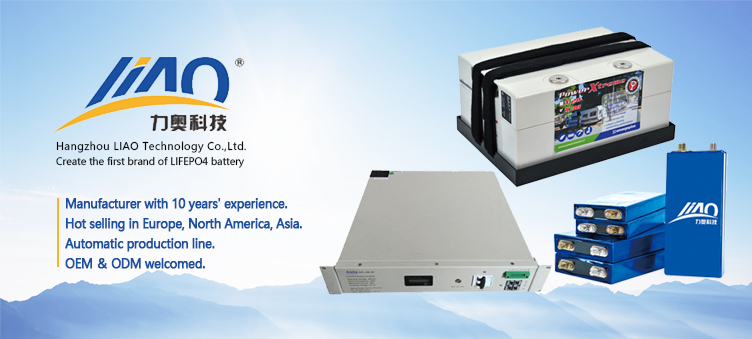Due to the characteristics of lithium battery itself, battery management system (BMS) must be added. Batteries without a management system are prohibited to use, which will have huge security risks. Safety is always a priority for battery systems. Batteries, if not well protected or managed, may have a risk of shorter life, damage, or explosion.
BMS: (Battery Management System) is mainly used in power batteries, such as electric vehicles, electric bicycles, energy storage and other large systems.
The main functions of the battery management system (BMS) include battery voltage, temperature and current measurement, energy balance, SOC calculation and display, abnormal alarm, charge and discharge management, communication, etc., besides the basic protection functions of the protection system. Some BMS also integrate heat management, battery heating, battery health (SOH) analysis, insulation resistance measurement, and more.
BMS function introduction and analysis:
1. Battery protection, similar to PCM, over charge, over discharge, over temperature, over current, and short circuit protection. Like ordinary lithium-manganese batteries and three-element lithium-ion batteries, the system automatically cuts off the charge or discharge circuit once it detects that any battery voltage exceeds 4.2V or any battery voltage falls below 3.0V. If the battery temperature exceeds the operating temperature of the battery or the current exceeds the discharge current of the battery pool, the system automatically cuts off the current path to ensure battery and system safety.
2. Energy balance, the whole battery pack, due to many batteries in series, after working for a certain time, due to the inconsistency of the battery itself, the inconsistency of the working temperature and other reasons, will finally show a great difference, has a huge impact on the life of the battery and the use of the system. Energy balance is to make up for the differences between individual cells to do some active or passive charge or discharge management, to ensure the consistency of the battery, prolong the life of the battery. There are two types of passive balance and active balance in the industry. Passive balance is mainly to balance the amount of power through resistance consumption, while active balance is mainly to transfer the amount of power from the battery to the battery with less power through the capacitor, inductor or transformer. Passive and active equilibria are compared in the table below. Because the active equilibrium system is relatively complex and the cost is relatively high, the mainstream is still passive equilibrium.
3. SOC calculation, battery power calculation is a very important part of BMS, many systems need to know more accurately the remaining power situation. Due to the development of technology, SOC calculation accumulated a lot of methods, precision requirements are not high can be based on the battery voltage to judge the remaining power, the main accurate method is the current integration method (also known as Ah method), Q = ∫i dt, as well as internal resistance method, neural network method, Kalman filter method. Current scoring is still the dominant method in the industry.
4. Communication. Different systems have different requirements for communication interfaces. The mainstream communication interfaces include SPI, I2C, CAN, RS485 and so on. Automotive and energy storage systems are mainly CAN and RS485.
Post time: Mar-15-2023

